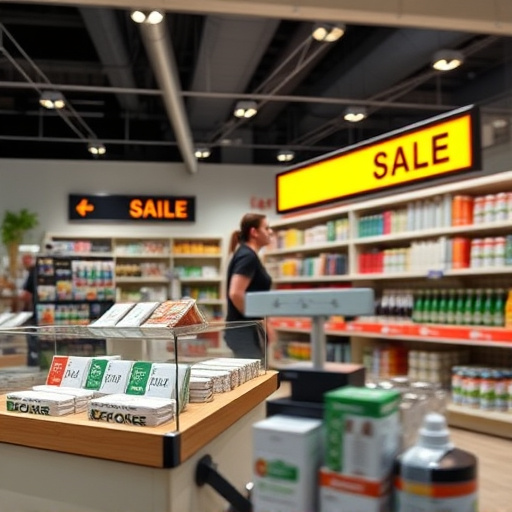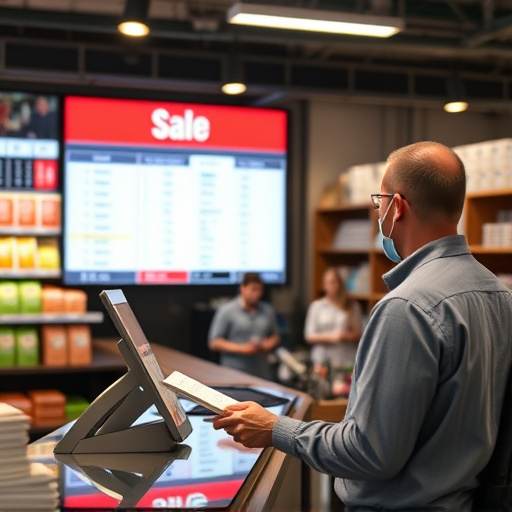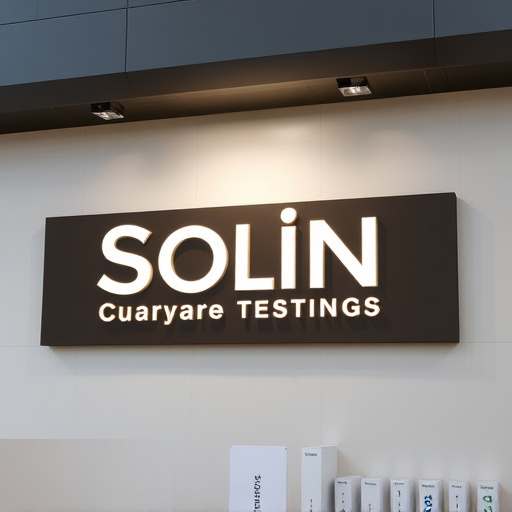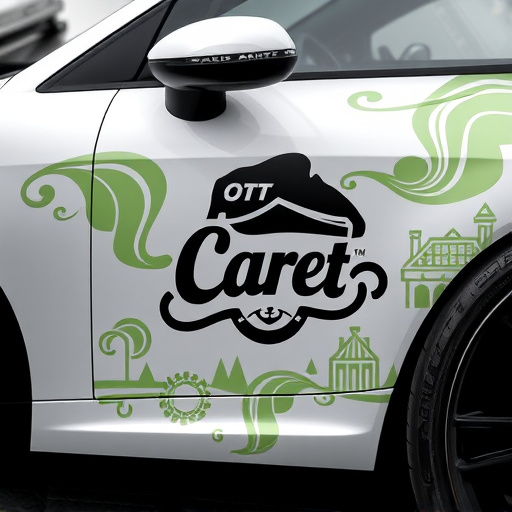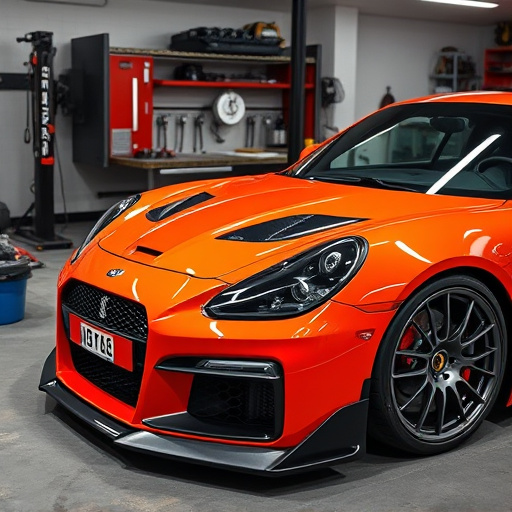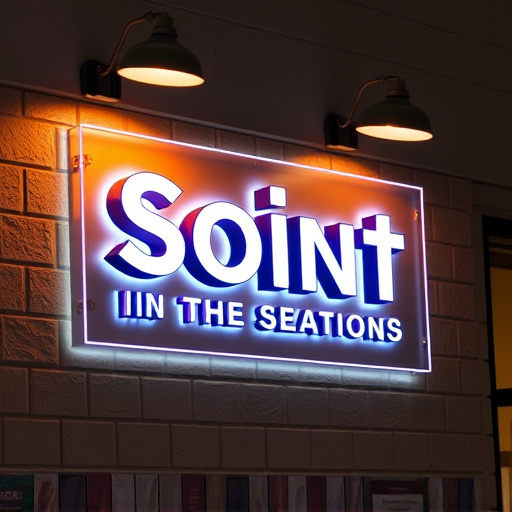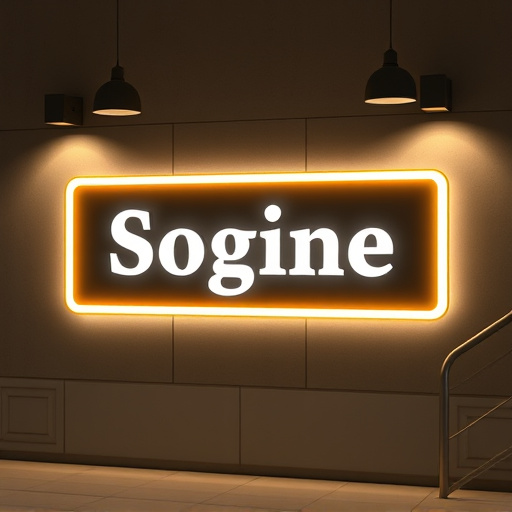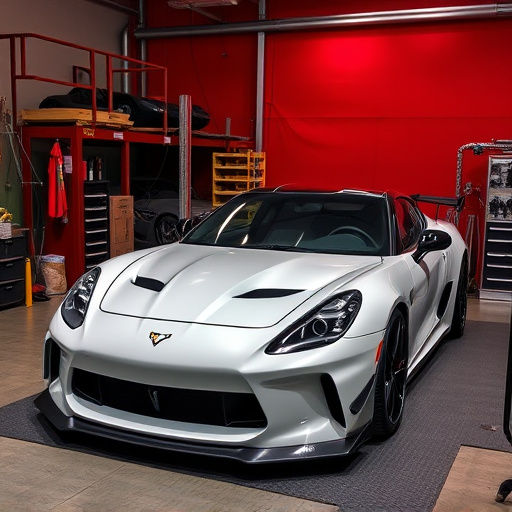Vehicle wrap installation enhances cars with customizable, protective materials, offering temporary or permanent solutions. Temporary wraps provide easy, cost-effective transformations ideal for events, while permanent wraps offer superior element protection and unlimited customization through high-quality films and paint protection film (PPF). Meticulous surface preparation, including cleaning and inspecting paint, is crucial for successful installation that boosts durability and aesthetic appeal.
Vehicle wrap installation has emerged as a powerful marketing tool, offering businesses and individuals an eye-catching way to customize their vehicles. From temporary promotions to permanent art pieces, understanding the intricacies of wrap installation is key to unlocking its full potential. This article delves into the world of vehicle wrap installation, exploring the basics, distinctions between temporary and permanent options, and providing a comprehensive step-by-step guide for successful application.
- Understanding Vehicle Wrap Installation: The Basics
- Temporary vs Permanent Wrapping: Pros and Cons
- Step-by-Step Guide to Effective Vehicle Wrap Application
Understanding Vehicle Wrap Installation: The Basics
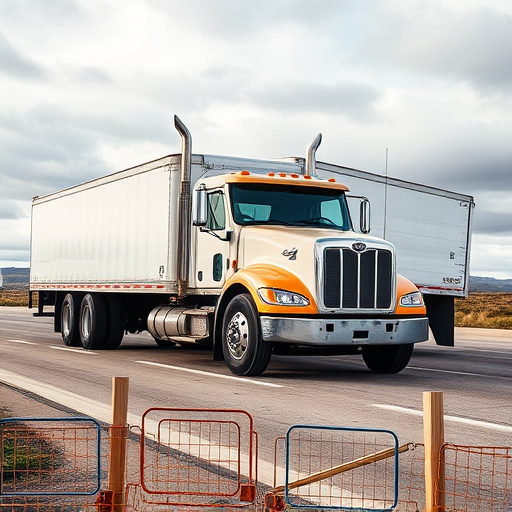
Vehicle wrap installation is a process that involves applying a thin, flexible material to a car’s exterior, completely transforming its look. This innovative technique offers both temporary and permanent solutions, allowing owners to customize their vehicle’s aesthetics with vibrant designs or subtle enhancements. The key to successful wrapping lies in preparing the surface meticulously; it requires cleaning, inspecting, and ensuring the paint is in good condition before applying the wrap.
Custom vehicle wraps provide an array of benefits beyond mere visual appeal. They offer excellent protection against environmental factors, such as UV rays and minor scratches, making them a popular choice for those seeking to preserve their vehicle’s value. Additionally, ceramic window tinting, another specialized service, enhances privacy and reduces heat inside the vehicle, contributing to improved comfort and energy efficiency. Vehicle wrap installation is not just about aesthetics; it’s a way to protect your car while letting your personality shine through.
Temporary vs Permanent Wrapping: Pros and Cons
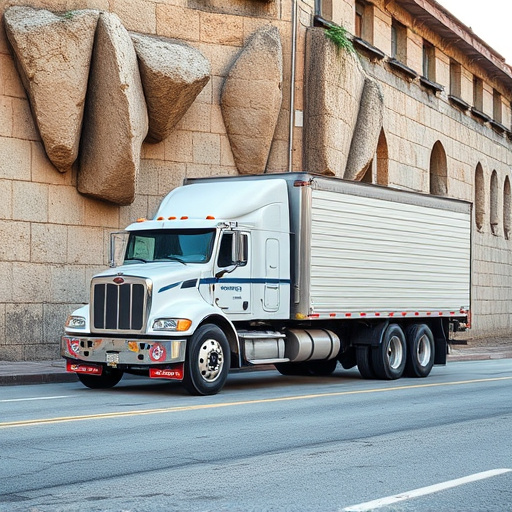
When considering a vehicle wrap installation, understanding the difference between temporary and permanent wrapping is key. Temporary wraps are ideal for those looking to change their vehicle’s look without long-term commitment. They offer a quick and affordable way to transform your car or truck for special events, marketing purposes, or simply to switch aesthetics. Pros include ease of removal, making it perfect for periodic changes, and generally lower costs compared to permanent installations. However, temporary wraps may not provide the same level of protection as their permanent counterparts and can be more susceptible to damage during frequent changes.
On the other hand, permanent vehicle wrap installation offers a more lasting solution. It allows for complete customization with custom graphics and designs that can showcase your brand or personal style. This type of wrapping provides superior protection against elements like UV rays, scrapes, and minor impacts. While it might involve higher upfront costs, permanent wraps eliminate the need for frequent replacements, ensuring your vehicle maintains its new look for years. Moreover, services offering ceramic coating alongside the wrap can enhance durability by adding an extra layer of protection, similar to paint correction techniques.
Step-by-Step Guide to Effective Vehicle Wrap Application
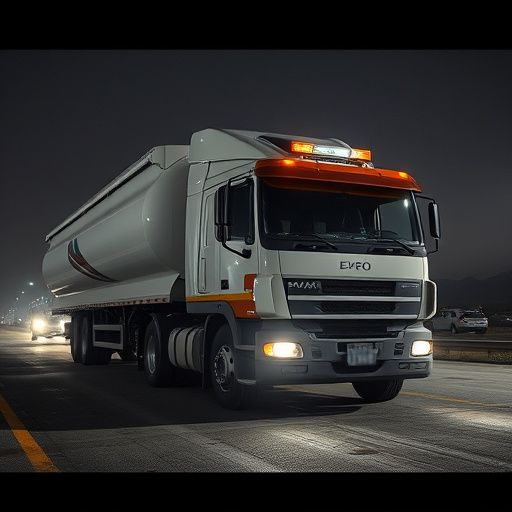
The process of applying a vehicle wrap is an art that requires precision and attention to detail. Here’s a breakdown of the steps for successful installation:
1. Prepare the Surface: Start by thoroughly washing and drying the vehicle to ensure a clean canvas. Inspect the car for any existing damage or imperfections, as these will need to be addressed before wrapping. Repair minor scratches or swirls with suitable compounds, ensuring the panel is smooth and free from debris.
2. Choose the Wrap Material: Select a high-quality vehicle wrap film that aligns with your desired look and protection level. These films come in various finishes, colors, and textures. Consider using protective coatings like paint protection film (PPF) beneath the wrap for added durability and scratch resistance. Ensure the wrap is compatible with the car’s surface and suitable for temporary or permanent use, depending on your needs.
Vehicle wrap installation offers a versatile solution for both temporary and permanent branding, allowing businesses to showcase their message or design on vehicles. Whether for marketing campaigns, events, or long-term identity transformation, understanding the process and its options is key. By knowing the basics, distinguishing between temporary and permanent wrapping, and following a meticulous application guide, you can achieve impactful results that enhance visual communication on the road. Effective vehicle wrap installation empowers businesses to turn their fleet or personal vehicles into mobile advertisements, ensuring maximum visibility and brand impact.




